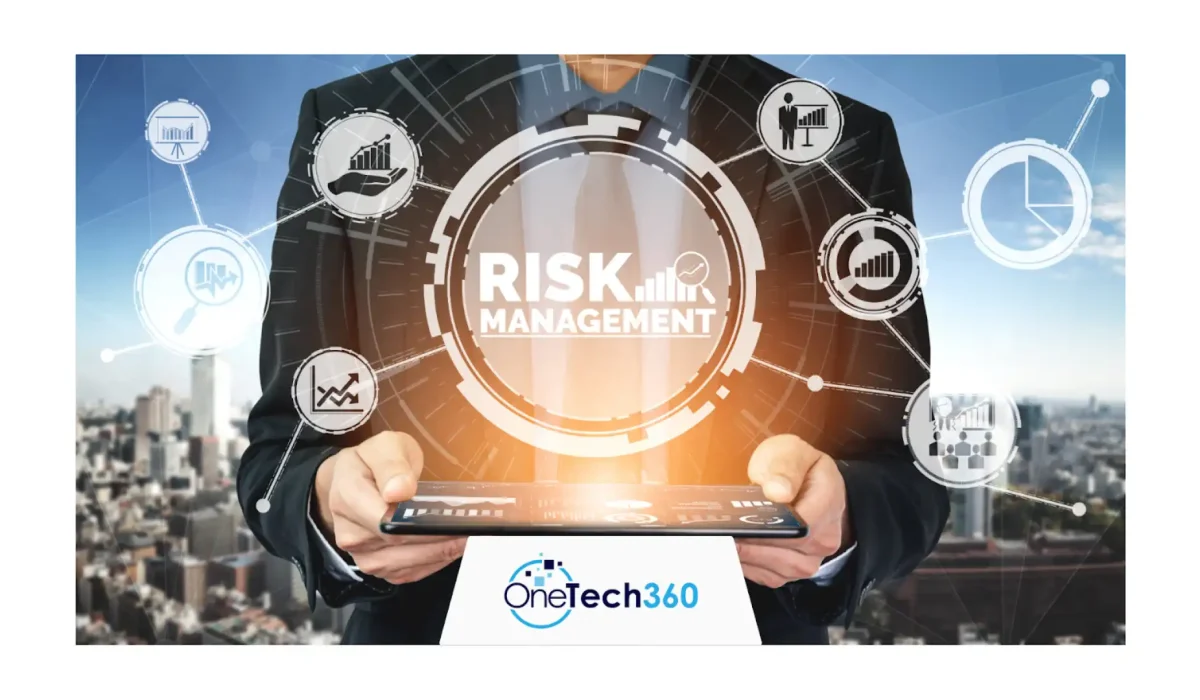In today’s increasingly digital world, businesses are more vulnerable than ever to cyberattacks. In 2023 alone, there were 2,365 cyberattacks, with 343,338,964 victims.
Without a proper cybersecurity assessment, your organization is like a fortress with unguarded gates. As Whawenst Duvet, CTO of OneTech360, Says, “Every unassessed risk is a potential breach waiting to happen.”
This blog provides a detailed cyber security assessment checklist to help you protect your business from escalating threats.
Still Unsure of Your Cybersecurity Posture?
Act now with a comprehensive assessment from Onetech360 to fortify your business against evolving threats.
Why You Need a Cybersecurity Assessment
1. The Rising Tide of Cyber Threats
Cybercrime is on the rise, and businesses of all sizes are in the crosshairs. According to CloudSecureTech, 60% of small companies that get hit by a cyber attack go out of business within six months. Without regular assessments, vulnerabilities go unnoticed, leaving your network, data, and reputation exposed.
2. Legal and Compliance Obligations
Industries like healthcare and finance are particularly vulnerable due to stringent compliance requirements, such as HIPAA and GDPR. Failing to meet these standards can result in hefty fines and reputational damage.
3. Financial and Reputational Damage
A single breach can lead to devastating consequences, from losing customer trust to crippling financial penalties. Having a solid cyber security risk assessment checklist can save you from potential ruin.
|
More articles you might like: |
Key Components of a Cybersecurity Risk Assessment Checkliist
Before diving into the checklist, it’s important to understand the building blocks of a comprehensive cybersecurity assessment. A threat assessment checklist for cyber security typically includes:
- Vulnerability Scanning: Identifies potential weaknesses in your systems.
- Penetration Testing: Simulates an attack to reveal possible entry points.
- Compliance Review: Ensures your business adheres to industry-specific regulations.
Cybersecurity Assessment Checklist
To effectively assess your cybersecurity posture, follow this detailed cyber security assessment checklist:
1. Network Security
- Firewall Configuration: Ensure all firewalls are updated and correctly configured. Firewalls act as your first line of defense, blocking unauthorized access.
- Intrusion Detection & Prevention: Set up systems to monitor and block suspicious activities before they can cause harm. Real-time monitoring is crucial in mitigating attacks.
2. Data Security
- Encryption Protocols: Are your data, both at rest and in transit, encrypted? If not, sensitive information is at high risk. Implement strong encryption protocols to secure confidential data.
- Backup & Recovery: Do you have a backup plan in place? Make sure data backups are automatic and test recovery procedures regularly to avoid data loss during breaches or ransomware attacks.
3. Access Control
- User Authentication: Implement multi-factor authentication (MFA) to strengthen access controls. Weak password policies are an open invitation to hackers.
- Privilege Management: Regularly audit user access and limit permissions to only those who absolutely need it. Unnecessary privileges can lead to insider threats.
4. Endpoint Security
- Device Protection: Ensure that all devices connected to your network are protected with antivirus software and regular updates. Vulnerable endpoints are often exploited to gain access to your network.
- Patch Management: Are your systems up-to-date with the latest patches? Unpatched software provides easy access to attackers looking to exploit known vulnerabilities.
5. Security Awareness Training
- Employee Education: Regularly train your staff on cybersecurity best practices. Research shows that 95% of cybersecurity breaches are due to human error.
- Phishing Simulations: Test your team’s ability to detect phishing attempts by conducting regular phishing tests. This will help identify individuals who need more training.
6. Incident Response Plan
- Documented Response Procedures: Does your organization have a written incident response plan? If not, you’re likely to fumble when an attack occurs.
- Testing the Plan: Regularly test and refine your response strategy. A well-tested plan can significantly reduce downtime and mitigate damage during a cyberattack.
Comparison of Cybersecurity Assessment Tools
| Assessment Tool | Purpose | Frequency | Impact on Security |
| Vulnerability Scanning | Identifies weaknesses in the network and systems | Quarterly | High: Reduces exposure to known vulnerabilities |
| Penetration Testing | Simulates real-world attacks to test defenses | Annually | Critical: Exposes entry points for hackers |
| Firewall Audit | Ensures proper firewall configurations | Bi-Annually | Medium: Improves protection against unauthorized access |
| Compliance Review | Verifies adherence to legal and industry standards | Annually or as needed | High: Avoids legal penalties and data breaches |
| Employee Phishing Simulation | Tests employees’ ability to spot phishing attempts | Monthly | Medium: Reduces chances of social engineering attacks |
| Patch Management Review | Ensures all systems have the latest security updates | Monthly | High: Closes known security gaps and vulnerabilities |
Next Steps After the Assessment
1. Analyze the Results
Once you’ve completed the assessment, carefully review the findings. Look for high-risk areas and prioritize them based on the potential impact on your business.
2. Remediation Strategy
Develop a clear roadmap for addressing the identified vulnerabilities. Assign timelines and resources to ensure critical issues are resolved promptly.
3. Continuous Monitoring
Cybersecurity is not a one-time effort. Implement continuous monitoring to stay ahead of emerging threats and schedule periodic re-assessments to keep your defenses up-to-date.
Strengthen Your Security with Onetech360’s Comprehensive CyberSecurity Assessment Checklist
A comprehensive cyber security assessment checklist is essential to protect your business from cyber threats. By addressing key areas like network security, access control, and incident response, you can significantly reduce your risk of breaches.
| Discover Trusted Cybersecurity Services in Manhattan, New York |
Onetech360 offers expert guidance and tailored solutions to safeguard your business. Contact us today to schedule your consultation and secure your digital assets.



